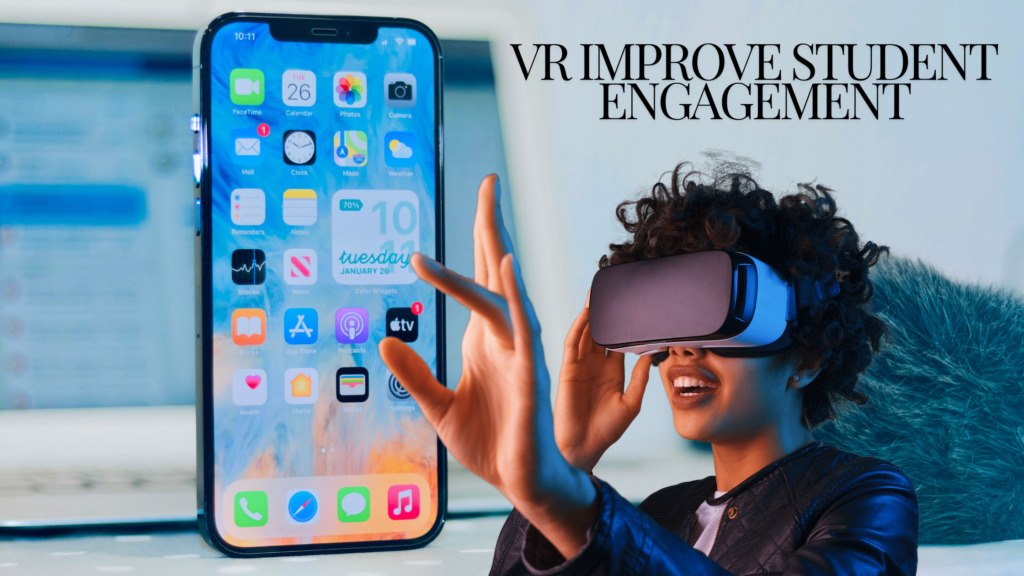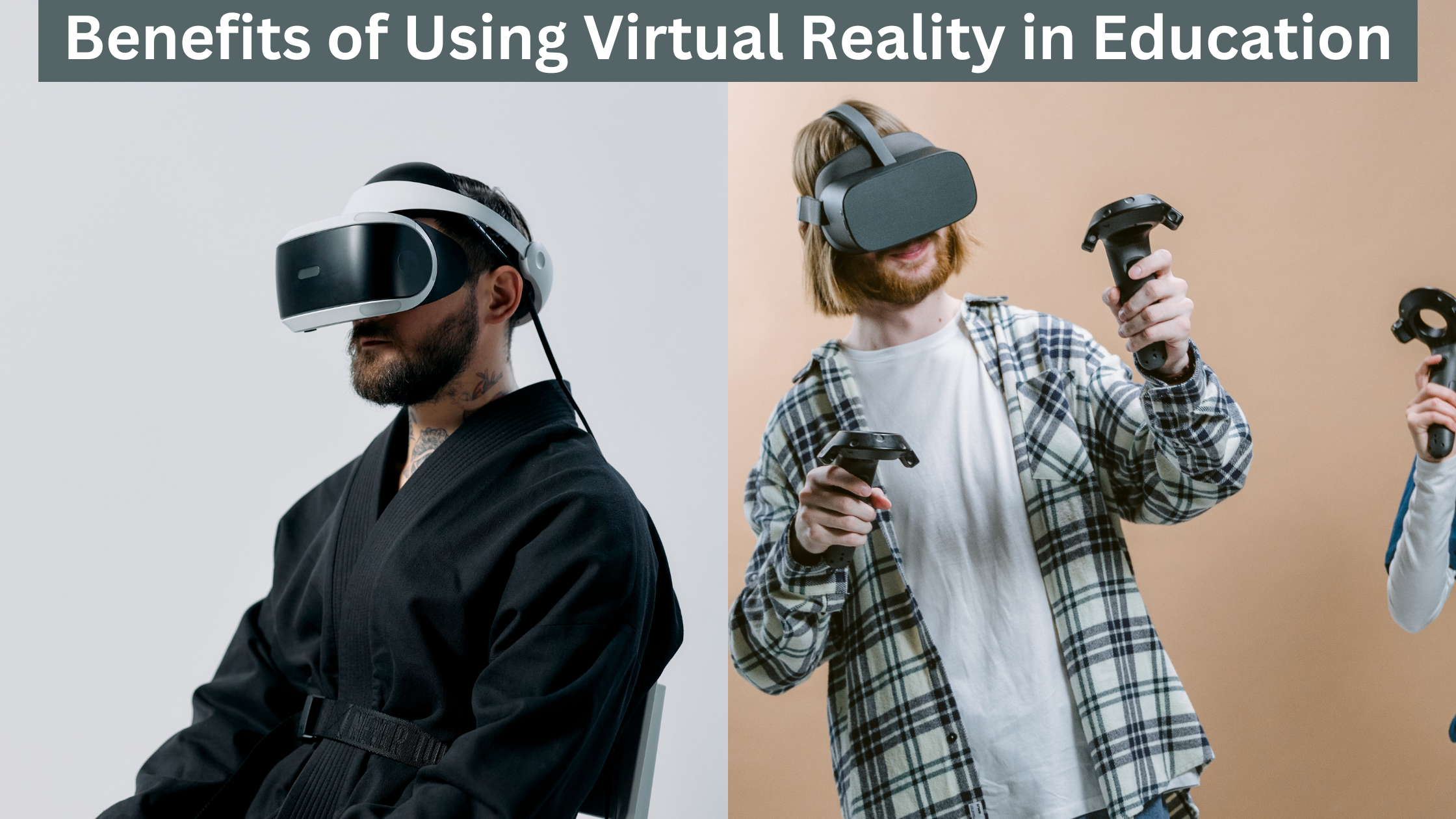Introduction
Using Virtual Reality in Education, VR is revolutionizing various fields, and education is no exception. By immersing students in a simulated environment, VR offers an engaging and interactive learning experience that traditional methods often fail to provide. Here are some of the key benefits of using Virtual Reality in education:
1. Enhanced Engagement and Motivation for Virtual Reality in Education
VR transforms passive learning into an active experience, capturing students’ attention and increasing their motivation to learn. Immersive environments make learning fun and exciting, which can lead to better retention and understanding of the material.
2. Improved Understanding of Complex Concepts for Virtual Reality In Education
Subjects like science and mathematics often involve abstract concepts that can be challenging to grasp through textbooks alone. VR allows students to visualize and interact with these concepts, making them more tangible and easier to understand. For instance, students can explore the human body in 3D or witness the effects of chemical reactions in a controlled virtual lab.
3. Real-World Simulation and Practical Skills For Virtual Reality In Education
VR provides a safe environment for students to practice real-world skills. Medical students can perform virtual surgeries, engineering students can work on simulated machinery, and pilots can train in a virtual cockpit. This hands-on experience is invaluable and prepares students for real-life scenarios without the risk of costly mistakes.
4. Accessible Learning Opportunities For Virtual Reality In Education
VR can bridge the gap for students who are unable to attend classes in person due to geographical or physical constraints. Virtual classrooms allow students from different parts of the world to learn together, fostering inclusivity and collaboration. Additionally, VR can accommodate different learning styles, offering personalized experiences that cater to individual needs.

5. Cultural and Historical Immersion for Virtual Reality In Education
Through VR, students can take virtual field trips to historical sites, museums, and cultural landmarks, offering a richer understanding of history and different cultures. This immersive experience can bring history to life and foster a deeper appreciation of different societies and their heritage.
6. Enhanced Collaboration and Social Interaction for Virtual reality In Education
VR facilitates collaborative learning by allowing students to work together in a shared virtual space. This promotes teamwork and communication skills, as students can interact, discuss, and solve problems collectively. VR platforms can also simulate real-world social scenarios, helping students develop essential interpersonal skills.
7. Cost-Effective Solutions for Virtual reality In Education
While the initial investment in VR technology can be high, it can save money in the long run. Virtual labs and simulations reduce the need for physical materials and equipment, lowering costs for schools and universities. Additionally, VR can offer access to high-quality education resources that might otherwise be unavailable.
8. Safe and Controlled Environment For Virtual Reality In Education
In fields like chemistry or engineering, practical experiments can sometimes be hazardous. VR provides a controlled environment where students can conduct experiments safely, without the risk of accidents. This not only ensures safety but also encourages students to experiment and learn from their mistakes.
9. Enhanced Teacher Capabilities For Virtual Reality In Education
VR can be a powerful tool for teachers, enabling them to create more dynamic and interactive lesson plans. Teachers can use VR to demonstrate complex concepts, conduct virtual field trips, and provide immersive experiences that enhance traditional teaching methods. This can lead to more effective teaching and improved student outcomes.
10. Future-Ready Education For Virtual Reality
As technology continues to evolve, VR is becoming increasingly relevant in various industries. By incorporating VR into education, schools and universities are preparing students for the future job market. Students who are familiar with VR technology will have a competitive edge in fields such as gaming, architecture, engineering, and healthcare.

Conclusion
The integration of Virtual Reality in education is a transformative step towards more engaging, inclusive, and effective learning. By offering immersive experiences, practical skills training, and personalized learning opportunities, VR can significantly enhance the educational process. As technology advances, the potential for VR in education will only continue to grow, making it an essential tool for future learning environments.
For More Informative Article Visit Home Page

